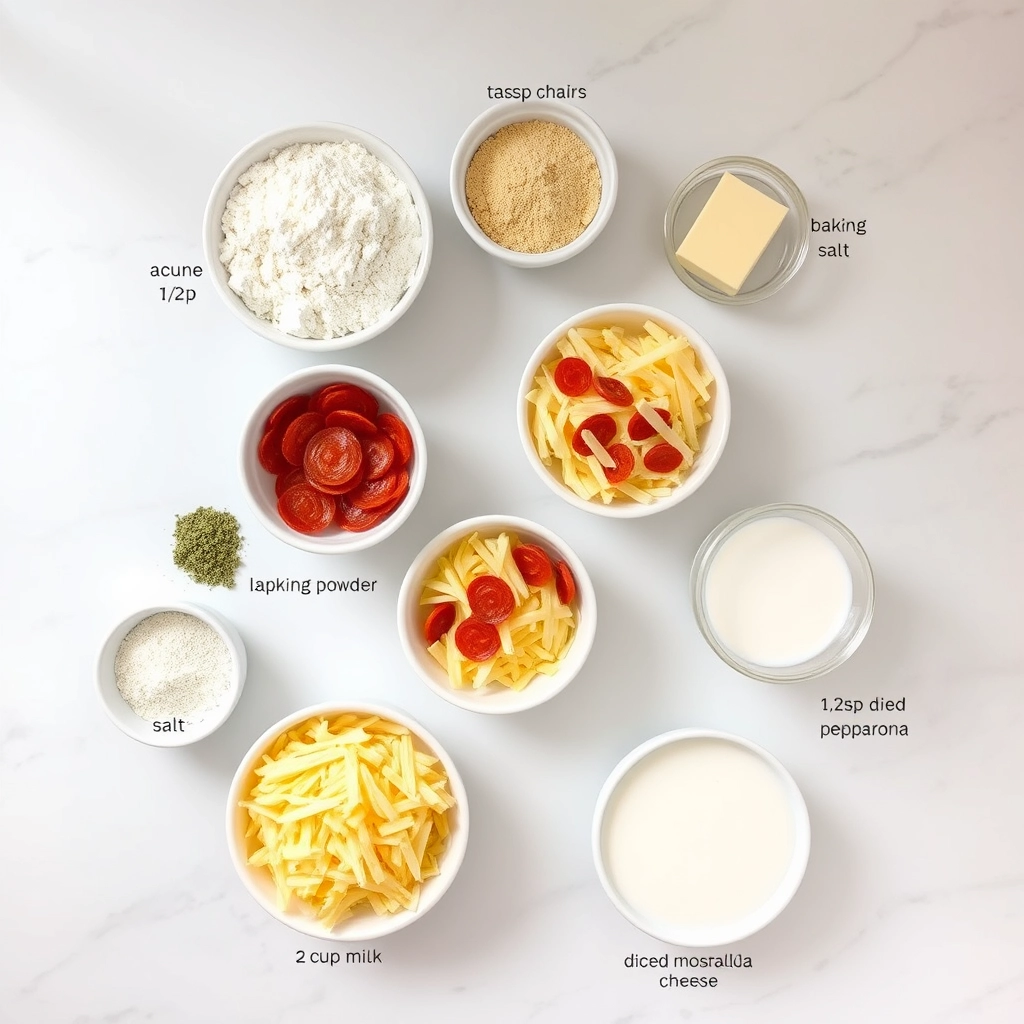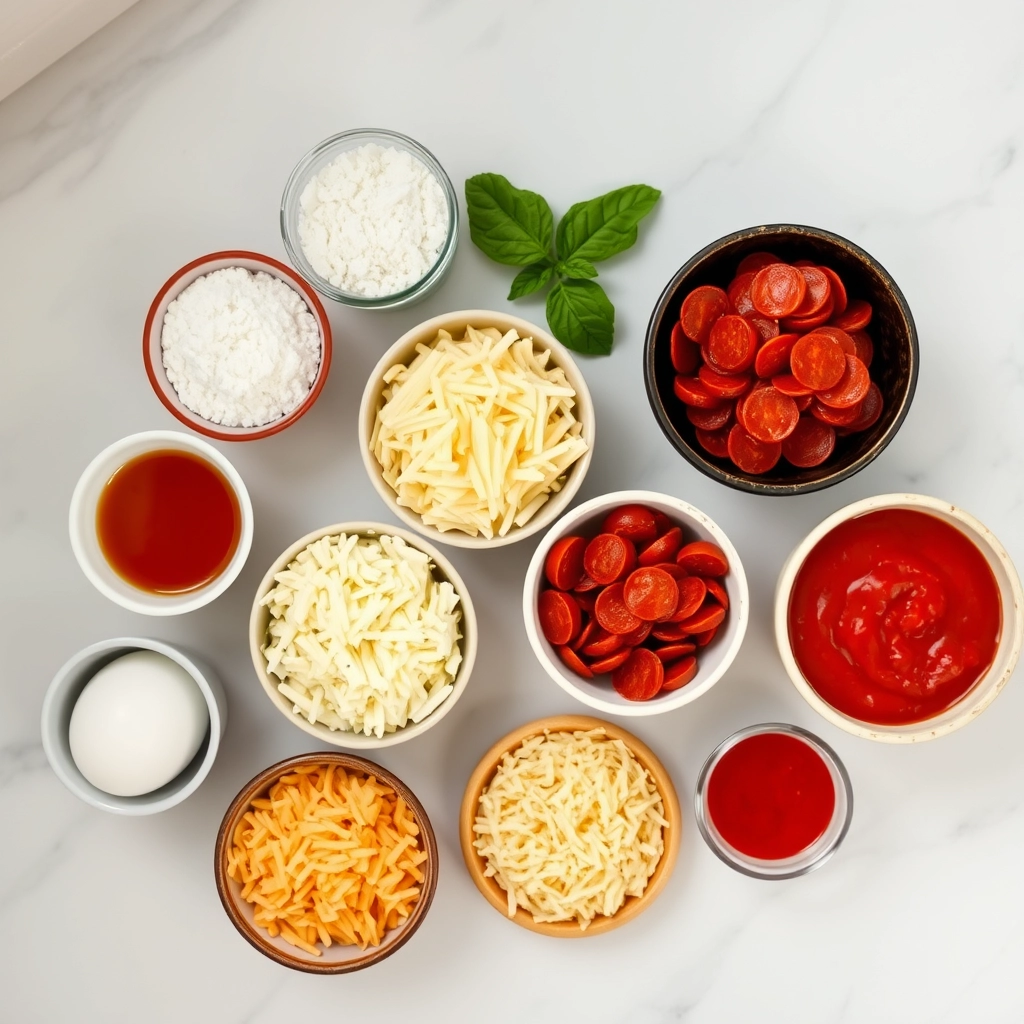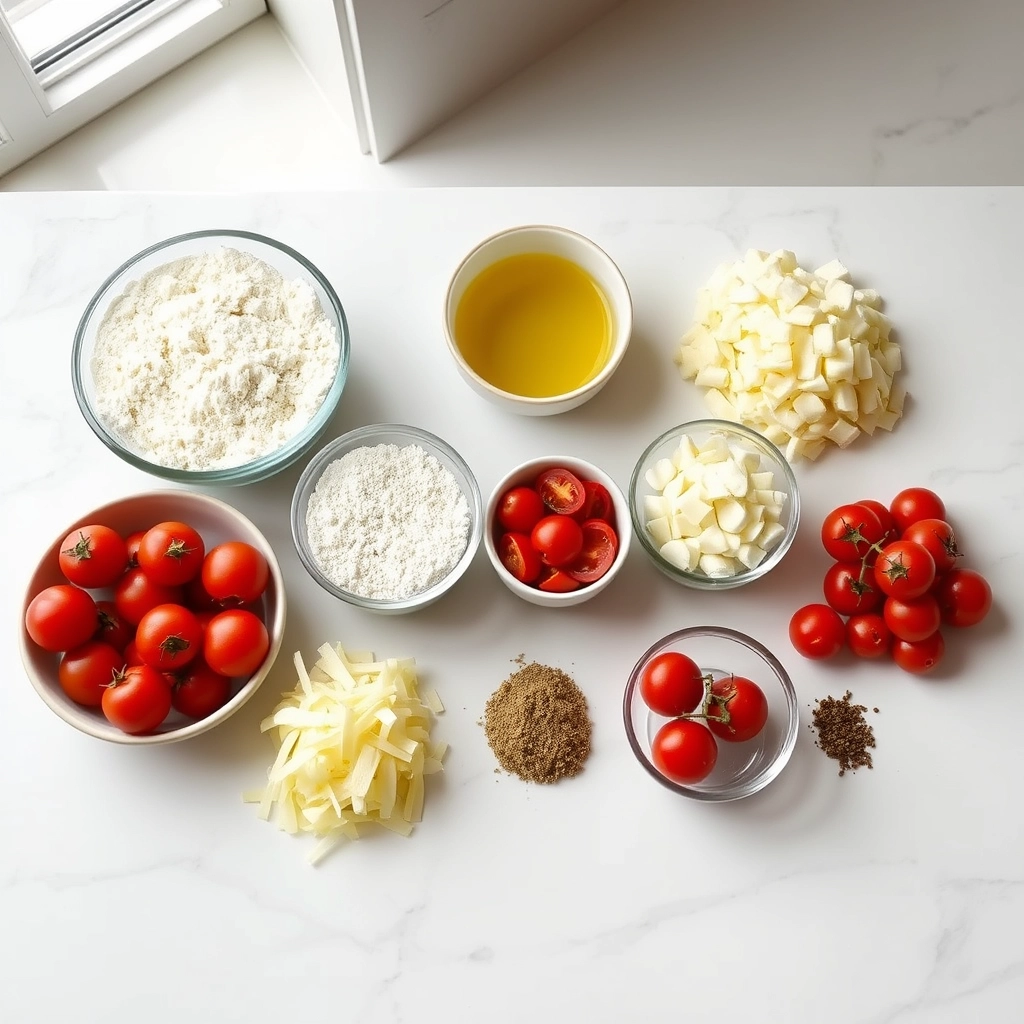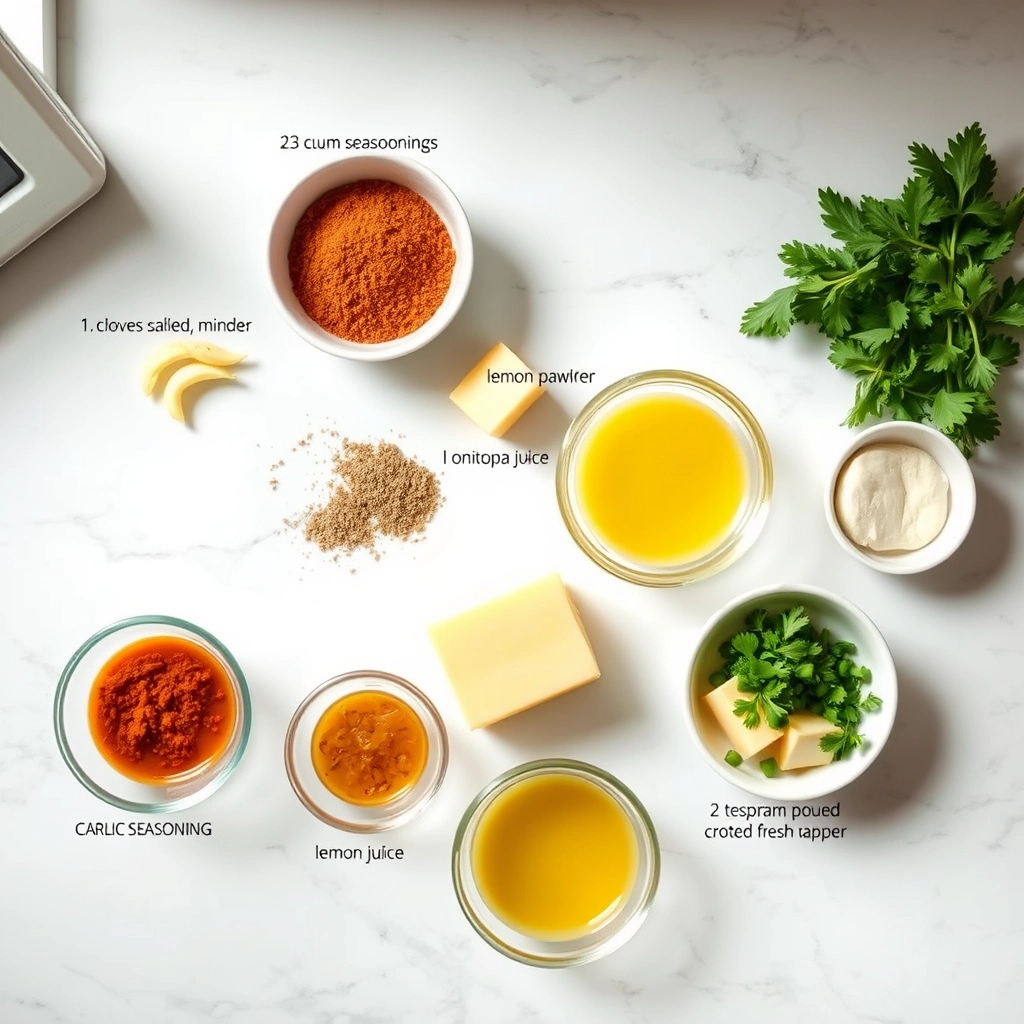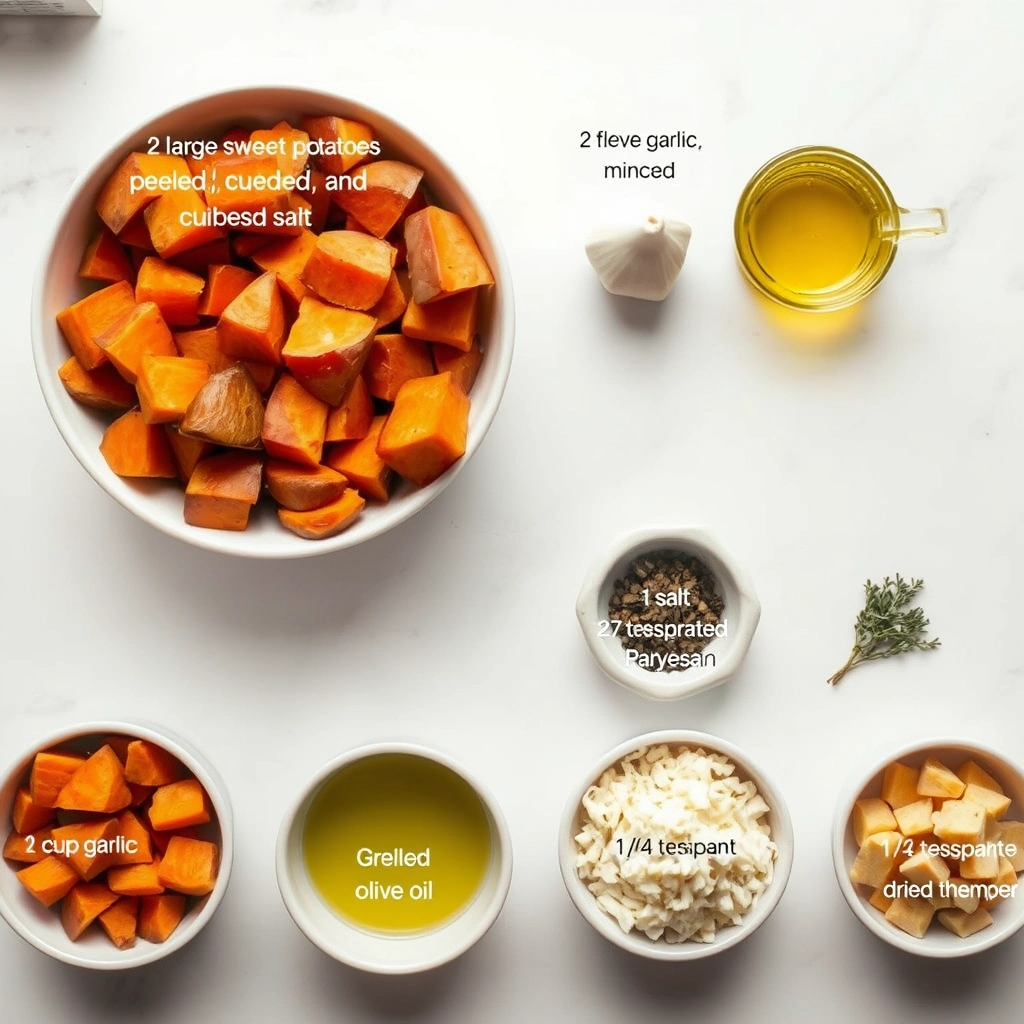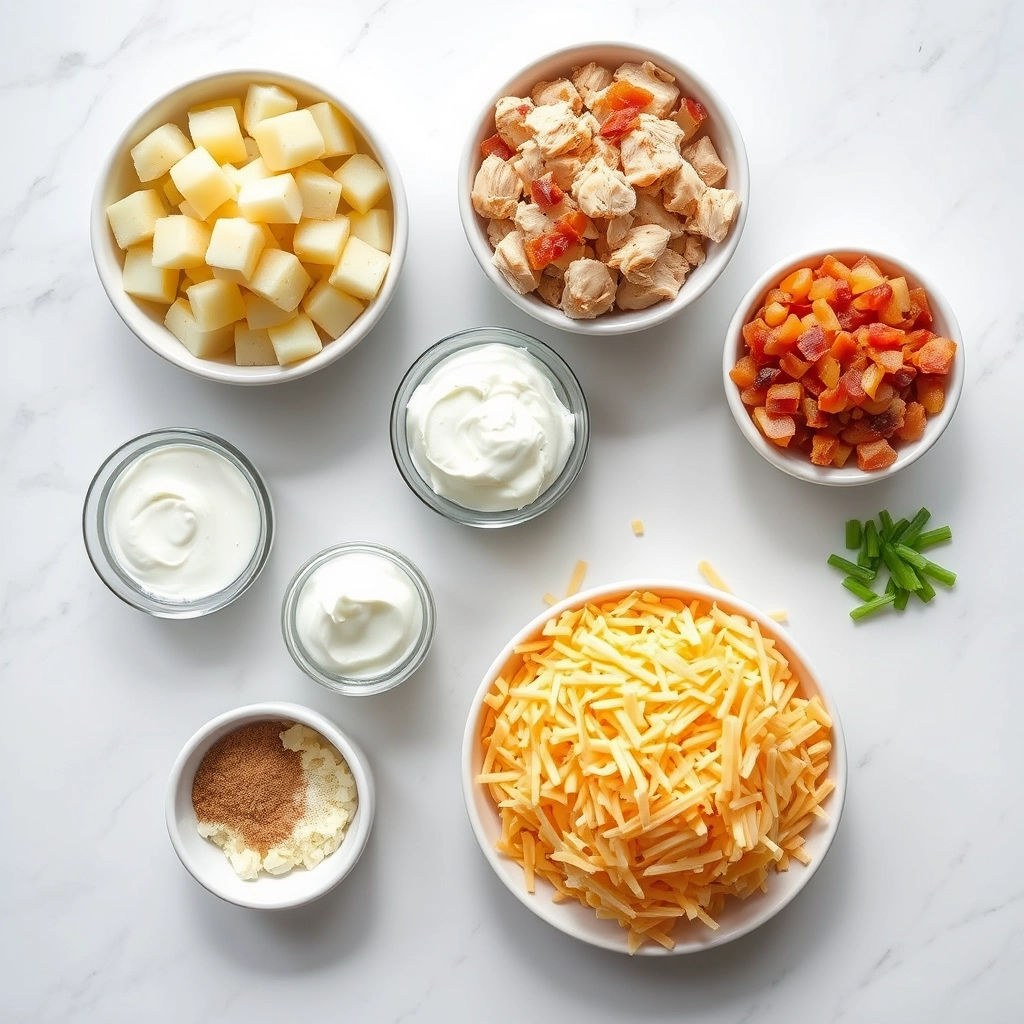The Coziest Little Bite-Sized Comfort Food
There’s something magical about miniature foods, isn’t there? Maybe it’s the nostalgia of tea parties with tiny sandwiches, or perhaps it’s the sheer delight of popping perfect little morsels into your mouth. Last weekend, as I watched my niece carefully arrange a plate of these mini meatball marinara bites for her doll’s “grown-up party,” I realized – we never really outgrow that joy. These bite-sized wonders are my go-to when I need a crowd-pleasing appetizer that feels both fancy and comforting, like a warm Italian grandmother’s hug in canapé form.
Ingredients That Make Magic Together
- 1 lb ground beef (80/20 blend) – The slight fat content keeps these juicy without being greasy
- 1/2 lb ground pork – My secret for extra tenderness and flavor
- 1/2 cup panko breadcrumbs – They create the perfect light texture
- 1/4 cup whole milk – Just enough to keep our meatballs moist
- 1 large egg – The glue that holds our little flavor bombs together
- 1/2 cup freshly grated parmesan – Because the pre-shredded stuff just won’t do here
- 2 garlic cloves, minced – Measure with your heart, I always say
- 1 tsp dried oregano – That unmistakable Italian aroma
- 1/2 tsp red pepper flakes – Just a whisper of heat
- 24 oz marinara sauce – Homemade is lovely, but a good jarred sauce works beautifully too
- 1 package (about 30) mini fillo shells – These crisp little cups are game-changers
- Fresh basil leaves – For that final pop of color and freshness
Creating Your Mini Masterpieces
First, let’s get our hands dirty in the best possible way. Preheat your oven to 400°F (200°C) and line a baking sheet with parchment paper – trust me, this makes cleanup a breeze.
Step 1: The Meatball Mix
In a large bowl, combine the beef, pork, breadcrumbs, milk, egg, parmesan, garlic, oregano, and red pepper flakes. Now here’s my favorite part – use your hands to mix everything together gently. Overmixing makes tough meatballs, so pretend you’re giving the ingredients a tender hug rather than a wrestling match.
Step 2: Forming the Bites
Roll the mixture into tiny balls – about 1 inch in diameter. I use a small cookie scoop for uniformity (about 2 teaspoons each), but if you don’t have one, just eyeball it. Place them on your prepared baking sheet about an inch apart. Pro tip: lightly wet your hands with cold water to prevent sticking!
Step 3: Baking to Perfection
Bake for 12-15 minutes until they’re just cooked through. While they bake, warm your marinara sauce in a saucepan over low heat. The aroma filling your kitchen right now? That’s the sound of your future guests’ stomachs rumbling in anticipation.
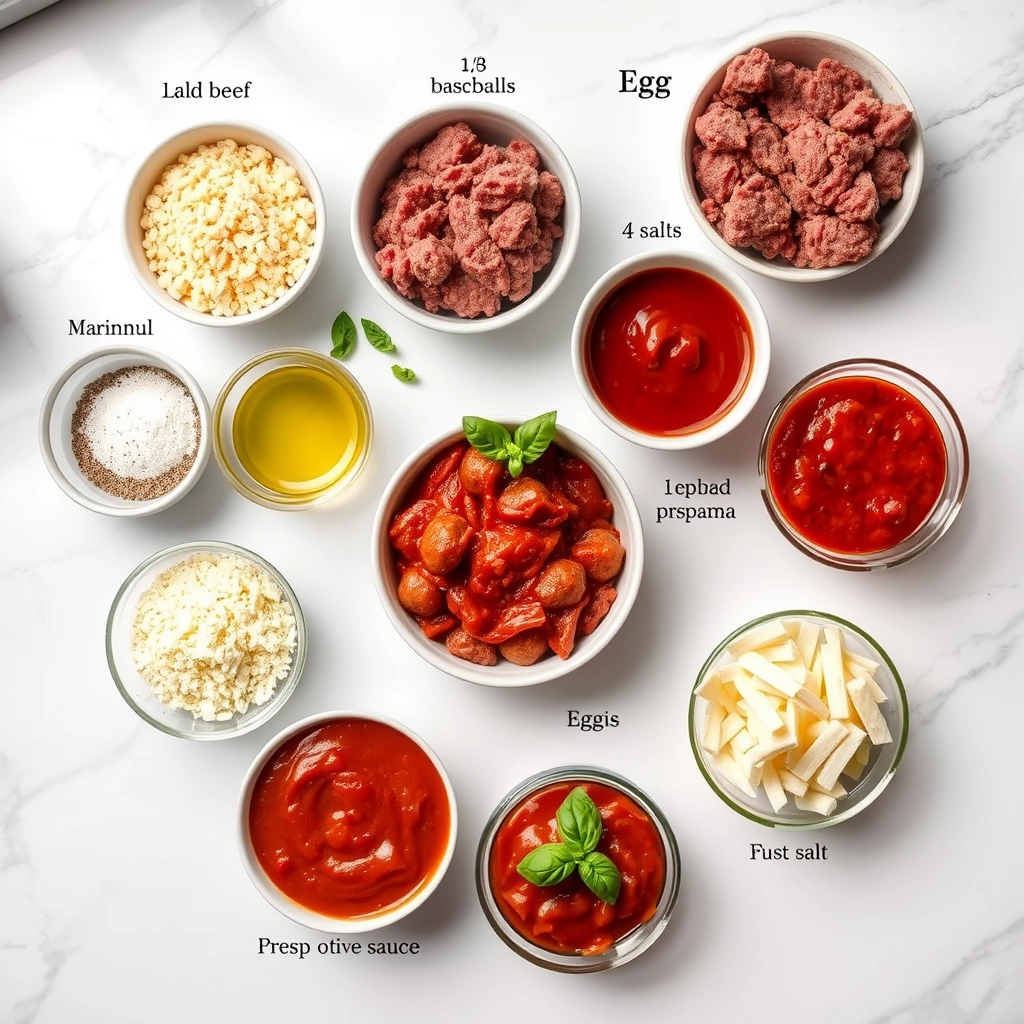
Pro Tips, Variations, and Substitutions
These mini meatball marinara bites are endlessly adaptable! Here are some ways to make them your own:
- Cheese lovers: Add a small cube of mozzarella inside each meatball before baking for a gooey surprise
- Gluten-free option: Use gluten-free breadcrumbs or crushed gluten-free crackers
- Spice it up: Add 1/2 teaspoon red pepper flakes to the meatball mixture for a kick
- Herb variation: Try using fresh basil instead of parsley for a brighter flavor
- Meat alternatives: Ground turkey or chicken work beautifully in place of beef
What to Serve With Mini Meatball Marinara Bites
These little flavor bombs pair perfectly with:
- A crisp green salad for a light meal
- Garlic bread or breadsticks for dipping in extra marinara
- Other Italian-inspired appetizers like bruschetta or stuffed mushrooms
- A glass of Chianti or your favorite red wine for adult gatherings
Storage and Reheating Tips
These meatball bites store beautifully for quick snacks or future parties:
- Refrigerator: Store in an airtight container for up to 4 days
- Freezer: Freeze (without toothpicks) on a baking sheet, then transfer to freezer bags for up to 3 months
- Reheating: Warm in a 350°F oven for 10-12 minutes or microwave in 30-second intervals until heated through
Frequently Asked Questions
Can I make these ahead of time?
Absolutely! Prepare the meatballs up to a day in advance and refrigerate until ready to bake. You can also freeze fully cooked meatballs and reheat when needed.
What’s the best way to keep them warm for a party?
Place cooked meatballs in a slow cooker on the “warm” setting with a little extra marinara sauce to prevent drying out.
Can I use store-bought meatballs?
While homemade tastes best, you can certainly use frozen meatballs in a pinch. Thaw first, then follow the baking instructions.
How do I prevent the meatballs from sticking to the pan?
A light coating of cooking spray or parchment paper works wonders. For extra insurance, you can use a mini muffin tin.
The Perfect Little Bite of Comfort
There’s something magical about these mini meatball marinara bites that brings people together. Whether it’s the nostalgic flavors, the perfect one-bite size, or just the joy of sharing good food with good company, these little morsels are guaranteed to disappear fast. I love how they make any gathering feel special without requiring hours in the kitchen. The next time you need a crowd-pleasing appetizer that feels like a warm hug, you know what to make!
PrintMini Meatball Marinara Bites
Description
Delicious bite-sized meatballs smothered in marinara sauce, perfect for appetizers or a main dish.
Ingredients
For the Crust:
- 1 lb ground beef
- 1/2 cup breadcrumbs
- 1/4 cup grated Parmesan cheese
- 1 egg
- 1 tsp garlic powder
- 1 tsp dried oregano
- 1/2 tsp salt
- 1/4 tsp black pepper
- 1 cup marinara sauce
- 1 tbsp olive oil
- Fresh basil for garnish (optional)
Instructions
1. Prepare the Crust:
- Preheat oven to 375°F (190°C). Line a baking sheet with parchment paper.
- In a large bowl, combine ground beef, breadcrumbs, Parmesan cheese, egg, garlic powder, oregano, salt, and pepper. Mix until well combined.
- Shape the mixture into 1-inch meatballs and place them on the prepared baking sheet.
- Bake for 20-25 minutes, or until the meatballs are cooked through.
- Heat olive oil in a skillet over medium heat. Add marinara sauce and heat until warmed through.
- Add the cooked meatballs to the skillet and toss gently to coat with the marinara sauce.
- Serve warm, garnished with fresh basil if desired.
Notes
You can customize the seasonings to taste.


